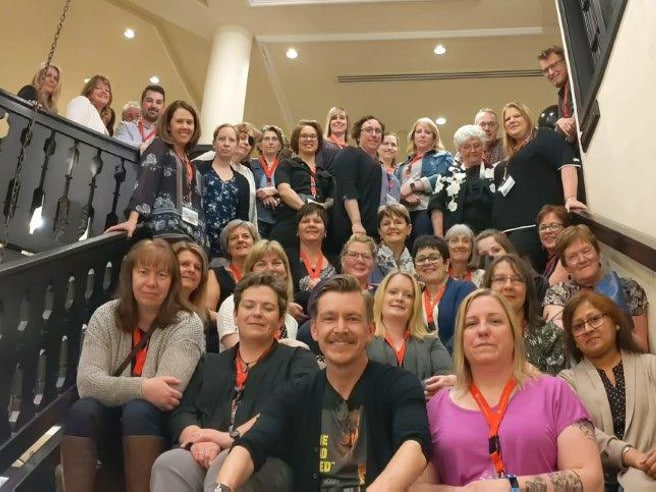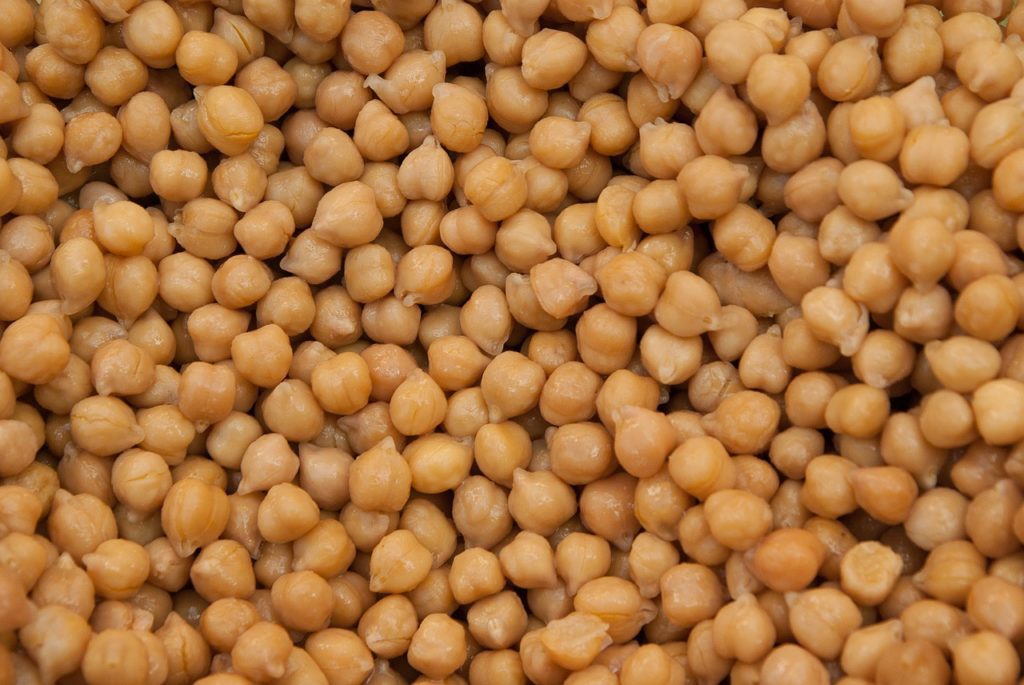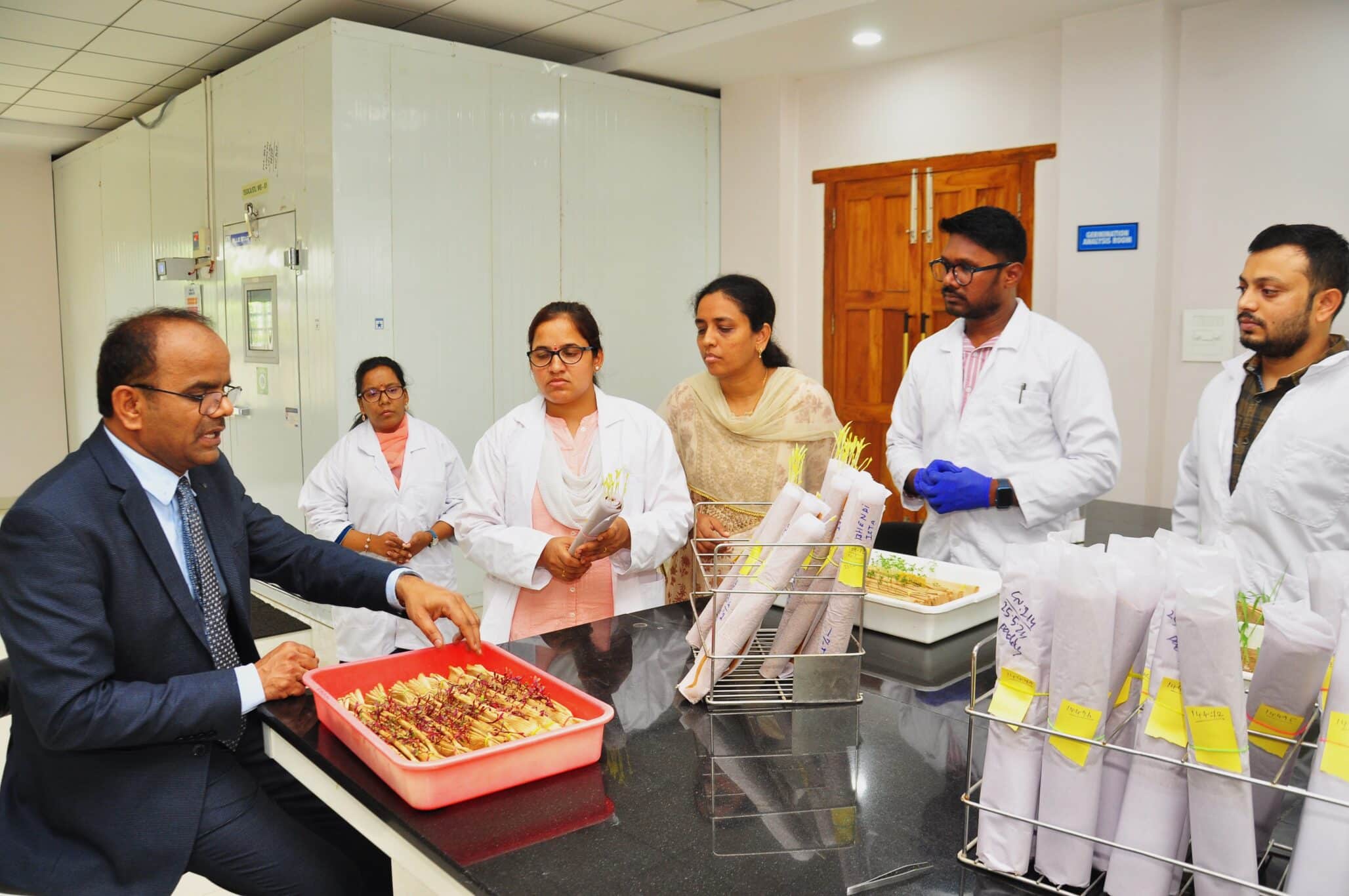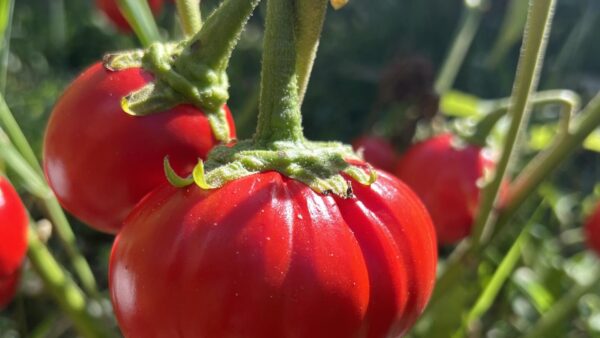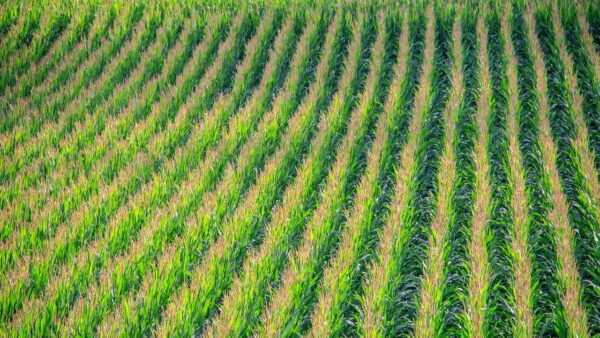On Nov. 13, 1944, six Toronto seed analysts formed the Ontario Seed Analysts Association. All had previously been official analysts at the Toronto Seed Testing Laboratory of the Canada Department of Agriculture.
They realized that by working on their own, they were not keeping up-to-date with regulations, methods and seed identification. As stated in the minutes of the first meeting, the reasons for forming this group were to keep abreast of new methods in seed testing, and to assist the analysts in overcoming any problems that might arise in their work.
Their first action was to request of the Seed Testing Branch in Ottawa “that members be kept informed of all changes in regulations and methods, in order that commercial analysts analyze and grade seed properly.” In the 1960s the association became the Eastern Branch and Western and Central Branches were also formed and became the Commercial Seed Analysts Association of Canada.
In 1992 the branches were dissolved and a national executive was formed. Seventy-five years after the initial association was formed, CSAAC is still a vibrant association of seed analysts committed to the seed industry by keeping up to and developing better ways of testing seed for the end user.
On May 26-29, 2019, CSAAC met in Toronto, Ont., to celebrate 75 years of quality seed analysis and to look to the future of seed testing in Canada. There were 50 attendees ranging from seed analysts to government to other seed industry organizations. The itinerary included executive board meetings, the annual Open Forum, the Annual General Meeting and the Annual Workshop.
At the AGM, greetings and updates were brought by seed industry and government representatives. Updates were given by CSAAC regional directors and committee chairpersons. The CSAAC post-secondary $500 grant winner, Rene Czemeres of Cupar, Sask., was announced. Rene is entering her second year of agronomy at the University of Saskatchewan in the College of Agricultures and Bioresources.
At the Open Forum we had a presentation on Seed Synergy moderated by Jeremy Latta that focused discussions on the details that analysts would like to see in a next-generation seed regulatory system. We had an extensive and thoughtful discussion on the acquisition/merger of CSAAC by the Canadian Seed Institute as well as the recently signed Memorandum of Understanding (MOU) between CSI and CSAAC.
A merger with CSI would benefit CSAAC in helping to keep the organization vibrant and sustainable. The Open Forum also included discussion on hemp seedling evaluation, use of variety names, and presentations on phytosanitary certificates.
As always, there was discussion on the current and proposed changes to the Methods and Procedures for Testing Seeds in Canada. Janine Maruschak represented the CFIA and Cathy Breadner represented CSAAC as presenters and moderators.
The Annual Workshop had excellent and informative presentations on germination of lettuce, onion and soybeans. Purity testing of untabled crop kinds and purity differentiations of thistles, toadflaxes and Palmer amaranth were presented. Commonly asked questions on the M & P and common non-conformances found on Reports of Analysis were presented by Janine Maruschak.
Monday night was the president’s reception and Tuesday night was the annual banquet. This year there were four awards given out. CSAAC Honourary Memberships went to Gail Livingstone and Frank Lewis.
Gail was in the seed testing industry for 60 years and held positions on all committees and served as secretary, treasurer and membership chair of CSAAC. She was president of CSAAC twice. Gail has also received the Marie Greenius Award.
Frank Lewis worked in a number of positions with AAFC/CFIA. He was committed to seed testing, laboratory programs and quality management. Frank was always ready to share his knowledge with CSAAC members and eventually became the CSAAC executive director after his retirement from the government. The prestigious Marie Greenius Award went to two recipients this year — Janet Stoner and Pat Brownfield.
Janet has been in the seed industry for 47 years after being asked to help out in the Newfield Seeds Lab for a few days by her brother, Keith Lyons. Janet became a senior analyst with CSAAC in 1977. She took over managing Newfield Seeds Seed Lab in 1978 and became an RST in 1979. Her career has taken her from the seed lab to seed marketing to seed plant manager with Nutrien Ag Solutions in Carrot River, Sask. All of this time she was a mentor to all in the seed testing business.
Pat Brownfield has been an RST in the United States for 36 years and has been joining CSAAC meetings since 1986. She credits Ivah Clark, one of the founders of CSAAC, for bringing her into the fold. Pat is an important liaison between the U.S. and Canadian seed testing industry. The Marie Greenius Award is represented by a unique individual sculpture made by Janet Dornian, a former seed analyst and CSAAC member who was at the banquet to assist in the presentation of the awards to Janet and Pat.
The 76th annual CSAAC Convention and Workshop will be held in Quebec City in May of 2020.


